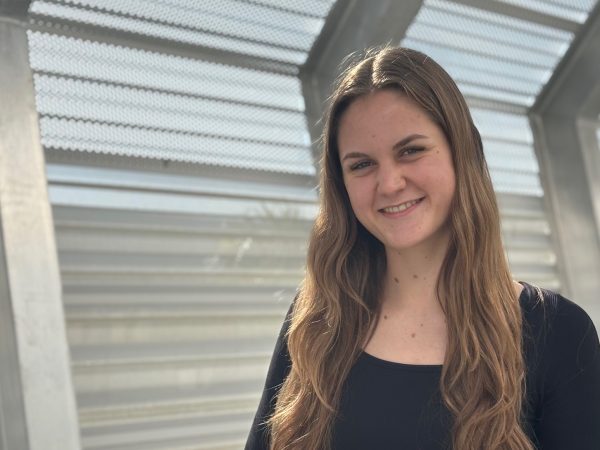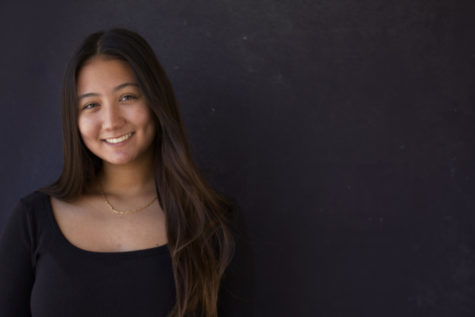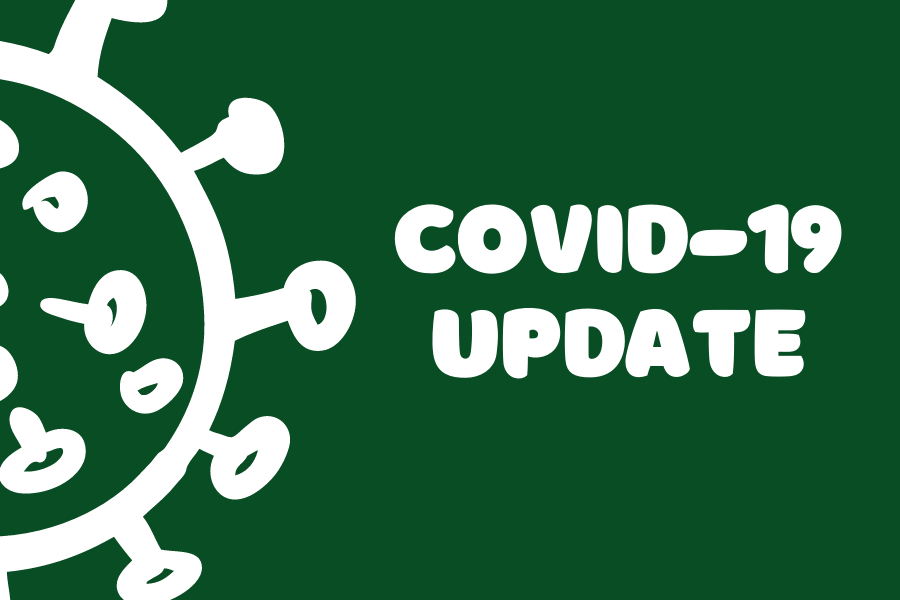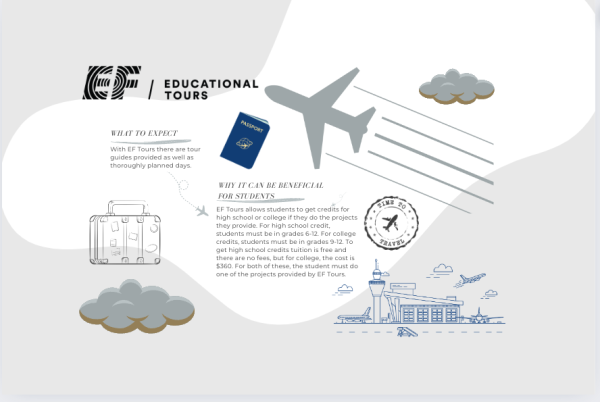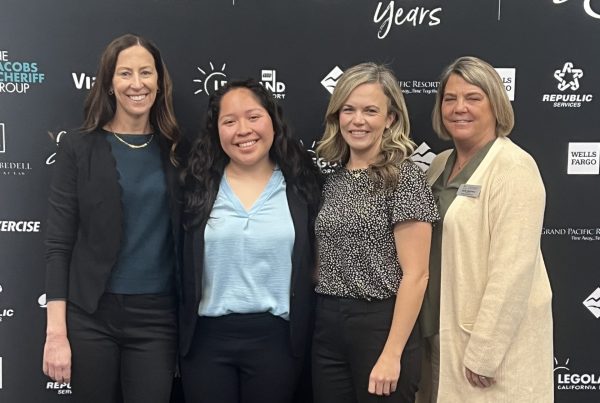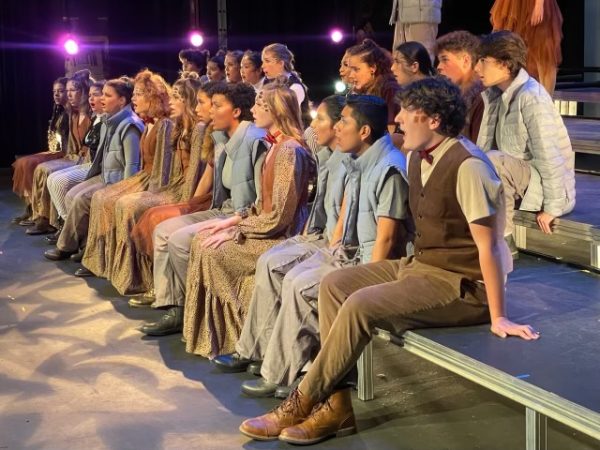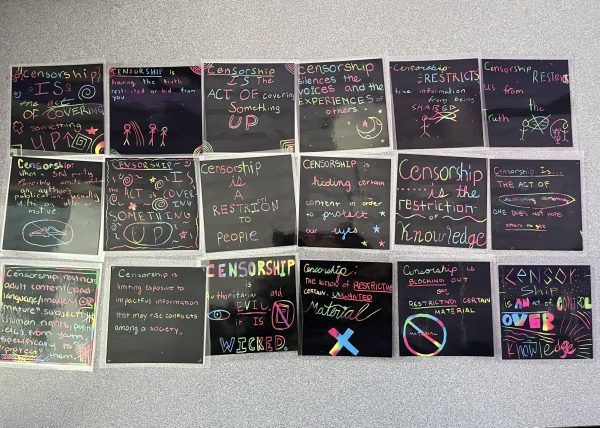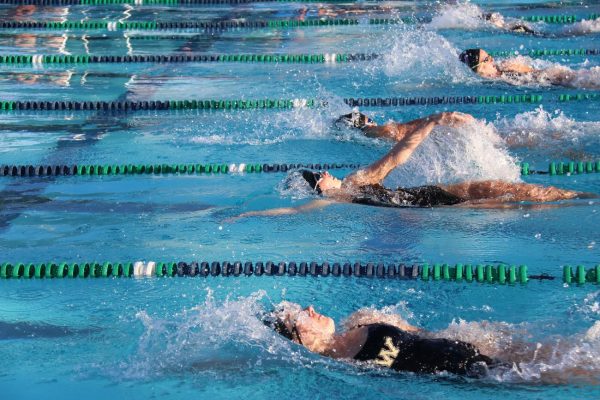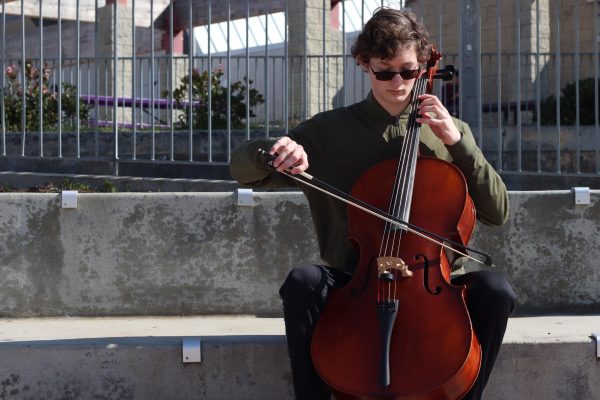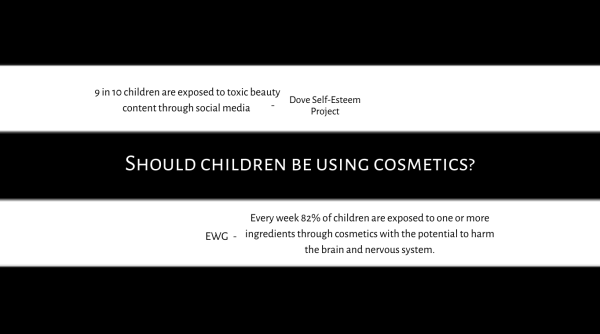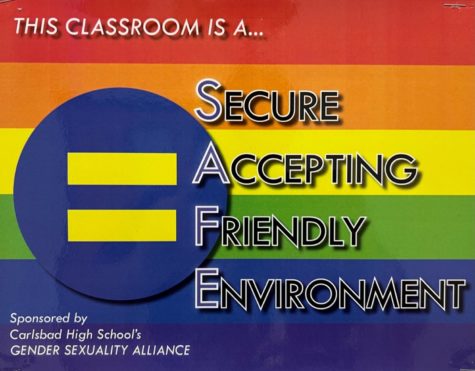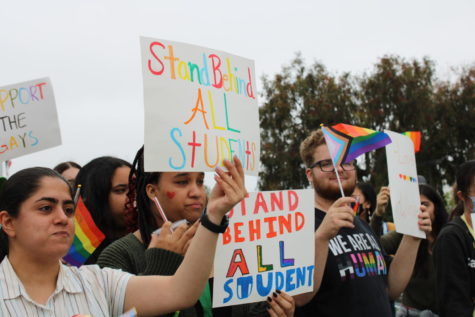Q&A: Dr. Brockett talks COVID-19 protocols
“I think that we’ve seen at least twice our average number of absences on a daily basis,” Dr. Brockett said. With the new Omicron variant, CHS is subject some new protocols in order to limit the spread.
Many students come to teachers requesting COVID updates, more information regarding protocols and a potential return to virtual learning. Dr. Brockett answered some of the most-asked questions regarding the pandemic.
Lancer Link: What would cause CHS to return to virtual learning?
Dr. Brockett: “The state and the county have really emphasized in-person learning, and have really set up a system where there would have to be some really tremendous impacts at the site specifically, to push us to the point where we would go online, so I see that it’s very unlikely at this time.”
LL: How have COVID protocols changed since winter break?
Dr. Brockett: “Even just last week, we had a change that the county made to where people that test positive for COVID can return earlier than they used to be able to by providing a negative test after a certain amount of time. There’s still a distinction in requirements for vaccinated individuals compared to folks that are unvaccinated… but really that I would say at this point the major one that we’ve seen is the length of time for quarantining and isolation over time.”
LL: What’s the status of events such as sports, dances, and theatre?
Dr. Brockett: “There are some new regulations in place from the state about mega-events. The number [of people] for an indoor event dropped from 1000 to 500… so we’re looking at how we handle those. There are two ways: one is to treat it like a mega-event and check test results and vaccination cards for folks that want to come, [and] the other is to limit the attendance and put that cap of 500 on it. We haven’t made a decision on that yet.”
LL: What’s the protocol for contact tracing?
Dr. Brockett: “Let’s say we get a positive case, what we’re going to do is start at that student, at that student’s classes, reach out to teachers about who they have worked with, who they were within that six feet of in the classroom. Then we’re going to look at what activities that student’s in… and you’re going to have some differences there, between something that’s outdoors and more spread out and something that’s indoors… So then we notify all those people, whether they’re vaccinated or not. If they’re vaccinated, the county and state guidelines are that they remain in school, we just encourage them to monitor for symptoms, and more and more we’ve been encouraging them to get tested, but not required… Most people are taking what’s called the modified quarantine option, that’s where they stay in school and they have to test a couple of times during the week until they’re through that quarantine period.”
LL: What can students do to prevent the spread of COVID?
Dr. Brockett: “To me, it comes back time and time again to the things that we’ve known from the get-go. Wear a mask when you’re around other people, especially indoors at school and we still continue to have pretty limited evidence of spread within classrooms [which] I think that’s because students are generally, with some exceptions that we’ve been working on, are being really diligent about wearing masks. If you’re closely talking to your friends outdoors, that’s a good time to wear a mask as well. I think that maintaining the spacing to the best degree possible [is important], as well as trying to do things virtually. And then, obviously, staying home when you’re sick… and really not only does it protect other people, but it helps us out; it gets us back in the game faster.”
